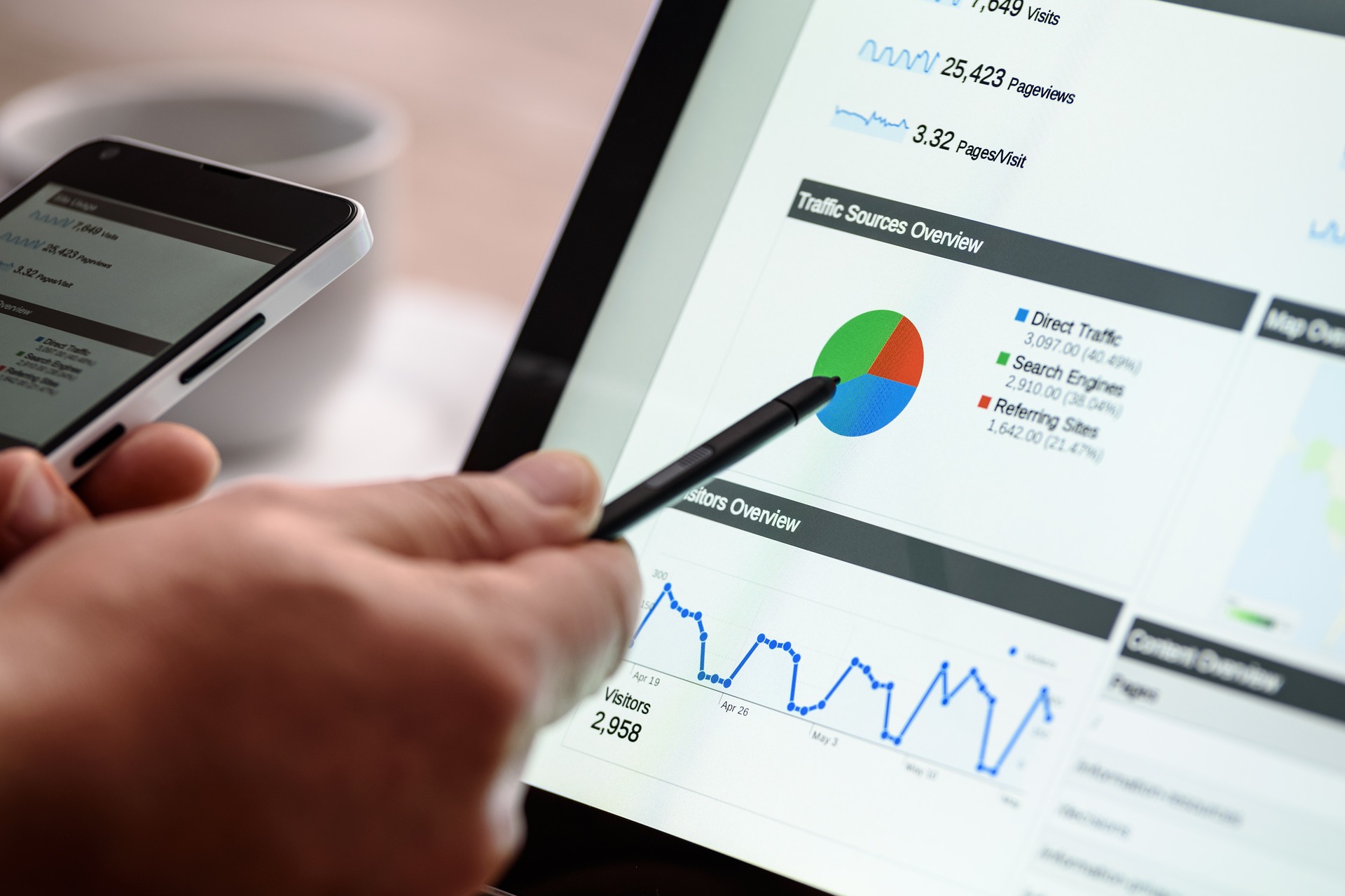November 7, 2019
Key Insights for Using a Short Link – Part 3 – Short Links and Advertising

Once you’ve mastered creating, branding, and embedding your short links, it’s time to explore advertising. It’s generally the last step in any digital marketing strategy as it can eat into your budget.
So, if you do it wrong, it will cost you.

That’s why it’s important to consistently measure any advertising campaign you use short links in. Digital advertising and analytics go hand-in-hand.
Here are a few ways you can use short links with advertising and analysis:
Short Links in Print Ads
This is one of the toughest audiences to capture. It’s very difficult to track referral metrics from print ads. Unless you send out a survey, you would have to be a mind reader to know who opened their direct mail and found you. That is…unless you use a short link.
To reach people in print with your URL, it HAS to be short. Otherwise, no one will ever remember it. It must also be memorable. It should spur people to type it into their browser later on. It must be very motivating.
In order to receive any return on investment with these ads, the URL needs to be a short link. You should also take the slug you use into more serious consideration. Unlike digital campaigns, print can’t be changed. Once a short link is printed, it goes out into the world in permanent form. Choose your words wisely.
However, you can always change the pages your link redirects to, according to where you are in a campaign. Develop relevant pages in the background to create moving parts in a print campaign.

Short Links and Paid Ads
Any digital marketing is an investment, but most of it is only time wasted. When you’re paying for ads, everything changes. This is when your ROI and SROI (social return on investment) has the highest influence on business.
Since click-throughs are a big part of ROI, it’s worth creating URLs in a format that been shown to drive the most clicks. In fact, vanity URLs and branded links have a 34% higher CTR (click-through-rate) than normal links.
When people view an online ad for an unfamiliar brand, research has shown that they tend to click on a short link with “real words.” That’s because the link itself gives away enough information to make a quick decision about whether to explore further.
When it comes to paid ads, beyond driving clicks, you’re usually relying on the ad platform for reporting. This is how you would determine your ROI.
A short link provides a different means to consistently collect data from your campaigns. This helps to avoid discrepancies in the way each platform (and the ad you place on it) performs.
Data Validation
Often overlooked, one of the best uses for short and branded links is the ability to closely study analytics. It consolidates all of your data points across channels and feeds them into a singular dashboard that’s easy to manage.

Sure, every site has their own method of collecting metrics, but short links are like a short cut. Rather than dealing with different algorithms and methodologies from each platform, shortening links allows you to compare performance across the board.
This kind of deeper insight leads to increased revenue and a better understanding of your customer profiles. Short links are especially important when you are trying to measure the ROI of paid placements on your social channels. It allows you to capture and validate that advertising budget.
There is no best practice on the way to use short links. What is a standard, is branding them and using slugs. The more time you invest to customize your links, the more informed your audience is before they click. This increases relevant traffic and leads to a higher rate of conversion.
Ultimately, short links are about respecting the time of your audience and being creative. When you infuse them into your content (be it social, print, or paid campaigns), it drives revenue and increases brand awareness.







